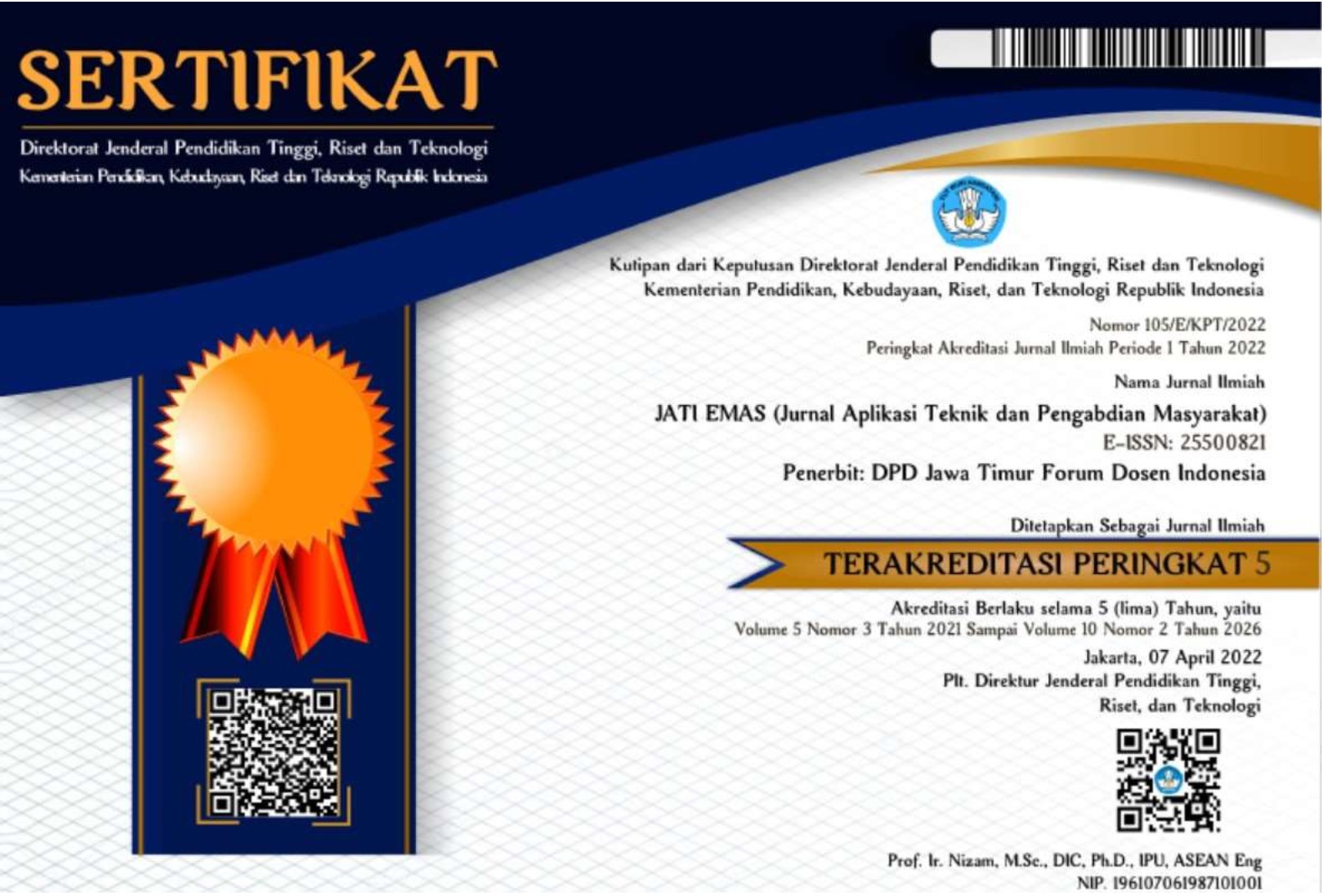Training on Preparation of Tamarind Seed Peel Biomordant Preparations for Natural Timor Weaving Coloring at the Oenaem Village Weavers Group
Pelatihan Preparasi Sediaan Biomordan Kulit Biji Asam untuk Pewarnaan Tenun Timor secara Alami di Kelompok Penenun Desa Oenaem
DOI:
https://doi.org/10.12345/je.v8i2.44Keywords:
Tamarind Seed, Biomordant, Dye, Tannin, Woven ClothAbstract
The weaving group in Oenaem Village produces woven cloth that is naturally dyed but is less popular due to its low fastness characteristics. Oenaem Village has a source of tannin, namely tamarind seeds, which are abundant in the dry season and have the potential to be used as an alternative to alum and tunjung mordant, but due to limited knowledge and skills, the tamarind seeds are discarded as waste. To overcome this problem, it is necessary to carry out outreach and training activities to introduce weaving groups to tamarind seed shell tannin as an alternative to alum and tunjung mordant. Community service activities are carried out to equip the community with knowledge and skills in extracting tamarind seed shell tannins into biomordant, and applying them in dyeing woven fabrics under the right mordanting conditions and using the correct yarn mass:mordant ratio formulation. Activities begin with coordination with partners, preparation of tools and materials, followed by socialization through presentations and joint discussions, as well as training activities. The training includes tannin biomordant extraction techniques from tamarind seed shells, and the application of tannin biomordant in natural weaving dyeing. The evaluation results show an increase in partners' knowledge and skills in producing tannin from tamarind seed shell waste and applying it as a biomordant in dyeing woven threads. The products obtained from the activity were ± 2 kg of biomordant and 4 pieces of woven fabric that had been mordanted and colored with curcumin.








